How To Use Rangefinder On Air Rifle Scope ?
To use a rangefinder on an air rifle scope, follow these steps:
1. Set up your air rifle and scope in a stable shooting position.
2. Identify your target and estimate its distance.
3. Adjust the magnification on your scope to get a clear view of the target.
4. Use the rangefinder feature on your scope, if available, to measure the distance to the target.
5. Make any necessary adjustments to your scope's elevation and windage settings based on the measured distance.
6. Take your shot, aiming at the target based on the adjusted settings.
It's important to note that not all air rifle scopes have built-in rangefinders. In such cases, you may need to use a separate handheld rangefinder to measure the distance to your target.
1、 Understanding the basics of a rangefinder on an air rifle scope
Understanding the basics of a rangefinder on an air rifle scope is essential for any shooter looking to improve their accuracy and precision. A rangefinder is a device that measures the distance between the shooter and the target, allowing for more accurate adjustments to be made when aiming.
To use a rangefinder on an air rifle scope, follow these steps:
1. Set up your air rifle and scope: Ensure that your air rifle is properly mounted and zeroed in. Make sure your scope is securely attached and adjusted to your desired magnification level.
2. Activate the rangefinder: Most modern air rifle scopes with built-in rangefinders have a button or switch to activate the rangefinder function. Press or flip the switch to turn it on.
3. Aim at the target: Look through the scope and align the crosshairs with your target. Keep the target centered in the scope's field of view.
4. Measure the distance: Press the rangefinder button or switch to initiate the distance measurement. The rangefinder will emit a laser beam that will bounce off the target and return to the scope, providing an accurate distance reading.
5. Adjust your aim: Once you have the distance reading, use the elevation and windage adjustments on your scope to compensate for bullet drop and wind drift. Consult your scope's manual for specific instructions on making these adjustments.
6. Take the shot: With your aim adjusted, take the shot while maintaining proper shooting technique and follow-through.
It's important to note that rangefinders on air rifle scopes may have limitations, such as maximum effective range or difficulty in ranging certain targets. Additionally, it's crucial to practice using the rangefinder and familiarize yourself with its operation before relying on it in the field.
In conclusion, understanding how to use a rangefinder on an air rifle scope can greatly enhance your shooting accuracy. By following the steps outlined above and practicing regularly, you can improve your ability to accurately judge distances and make precise adjustments for more successful shots.
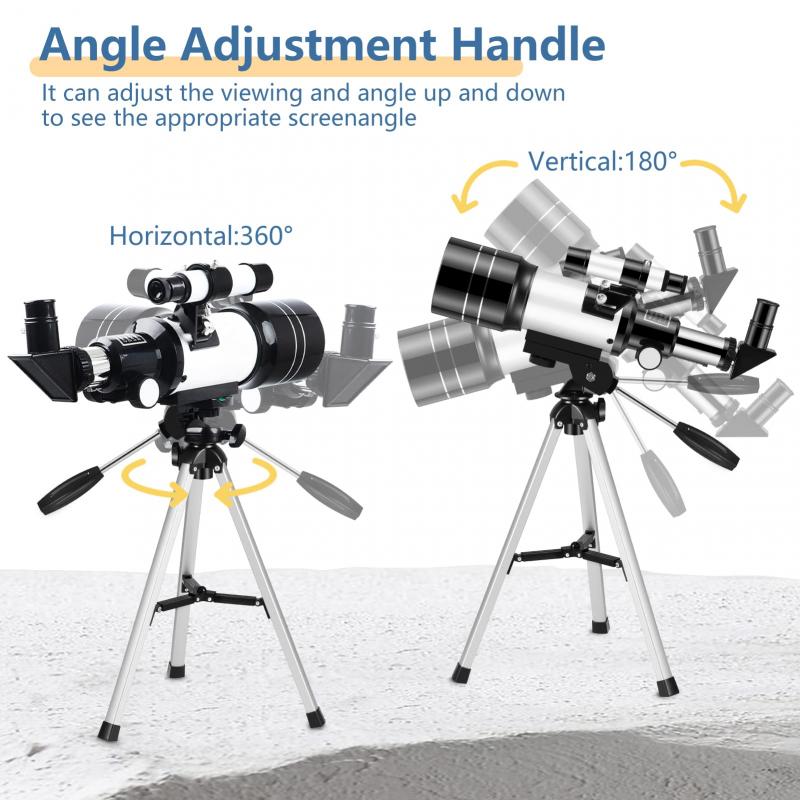
2、 Adjusting the rangefinder for accurate distance measurements
To use a rangefinder on an air rifle scope, you need to follow a few steps to ensure accurate distance measurements. Adjusting the rangefinder is crucial for achieving precise results.
1. Mount the rangefinder: Begin by securely attaching the rangefinder to your air rifle scope. Make sure it is properly aligned and tightened to avoid any movement during use. This will ensure consistent and reliable readings.
2. Calibrate the rangefinder: Before using the rangefinder, it is essential to calibrate it for accurate distance measurements. Most rangefinders come with specific instructions on how to calibrate them, so refer to the user manual for detailed guidance. Calibration typically involves aligning the rangefinder with a known distance target and adjusting it accordingly.
3. Practice proper technique: To obtain accurate readings, it is important to use the rangefinder correctly. Steady your air rifle and aim it at the target. Look through the scope and activate the rangefinder. Keep the crosshairs steady on the target while the rangefinder calculates the distance. Once the reading is displayed, note it down or adjust your aim accordingly.
4. Consider environmental factors: Keep in mind that environmental conditions can affect rangefinder accuracy. Factors such as fog, rain, or glare can impact the readings. Some advanced rangefinders come with features like angle compensation and target priority modes, which can help compensate for these factors and provide more accurate measurements.
5. Regularly check and maintain your rangefinder: Like any other equipment, rangefinders require regular maintenance to ensure optimal performance. Clean the lenses regularly and check for any signs of damage or wear. Additionally, keep the rangefinder batteries charged or replace them as needed to avoid any power-related issues.
It is worth noting that technology is constantly evolving, and new advancements in rangefinder technology may offer additional features or improvements in accuracy. Therefore, it is always beneficial to stay updated with the latest information and advancements in the field.
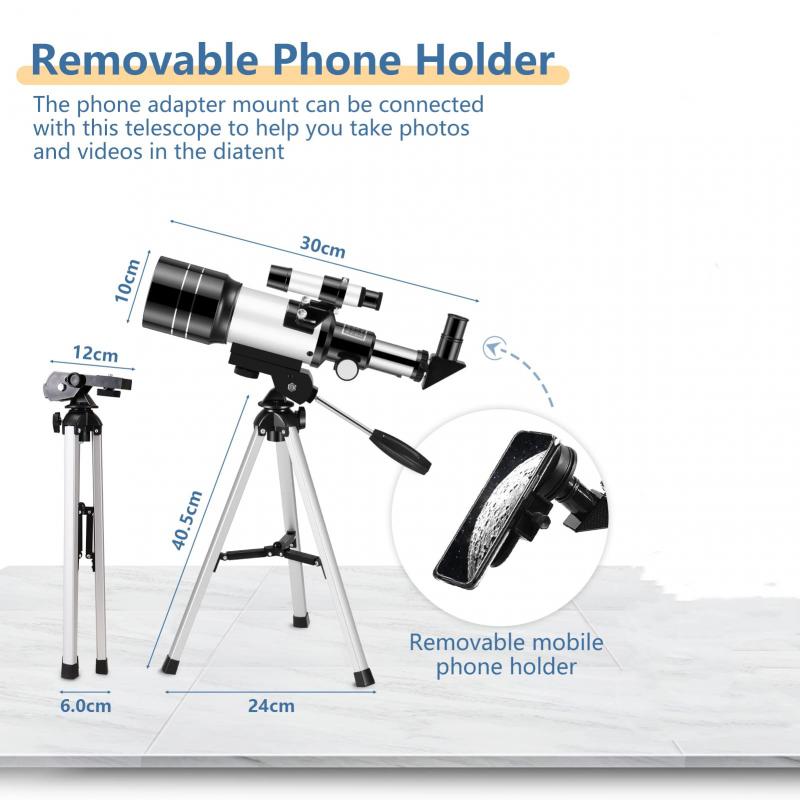
3、 Using the rangefinder to estimate target distance effectively
Using a rangefinder on an air rifle scope can greatly enhance your shooting accuracy by allowing you to estimate target distance effectively. Here's how you can make the most out of this feature:
1. Familiarize yourself with the rangefinder: Before using the rangefinder, take the time to understand how it works and the specific features it offers. Read the user manual thoroughly and practice using it in different scenarios to gain confidence.
2. Set up your scope: Ensure that your air rifle scope is properly mounted and zeroed in. This will provide a solid foundation for accurate distance estimation.
3. Identify a suitable target: Choose a target that is clearly visible and has distinct features. This will make it easier for the rangefinder to accurately measure the distance.
4. Activate the rangefinder: Depending on the model, you may need to press a button or adjust a dial to activate the rangefinder. Once activated, align the crosshairs of your scope with the target.
5. Measure the distance: Look through the scope and use the rangefinder to measure the distance to the target. The rangefinder will provide you with an accurate reading, which you can then use to adjust your aim accordingly.
6. Practice and refine: Like any skill, using a rangefinder effectively requires practice. Spend time honing your skills by regularly using the rangefinder in different shooting scenarios. This will help you become more proficient at estimating distances and making precise shots.
It's important to note that while rangefinders can be a valuable tool, they are not infallible. Factors such as weather conditions, target size, and terrain can affect the accuracy of distance measurements. Therefore, it's always a good idea to cross-reference the rangefinder reading with other visual cues and adjust your aim accordingly.
In recent years, there have been advancements in rangefinder technology, with some models offering features like angle compensation and ballistic calculators. These features can further enhance your shooting accuracy by taking into account factors such as the angle of the shot and bullet trajectory. However, it's essential to thoroughly understand these features and how they interact with your specific air rifle and ammunition before relying on them completely.
In conclusion, using a rangefinder on an air rifle scope can significantly improve your shooting accuracy by allowing you to estimate target distance effectively. By following the steps outlined above and practicing regularly, you can make the most out of this feature and become a more precise and successful shooter.
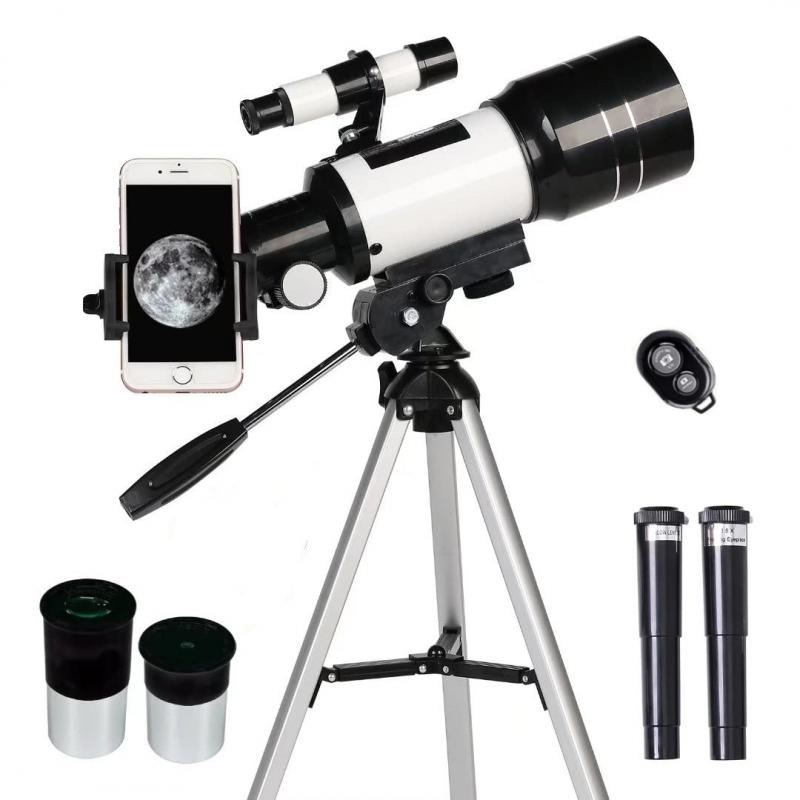
4、 Incorporating rangefinder data into scope adjustments for precise shooting
To use a rangefinder on an air rifle scope, you need to follow a few steps to ensure precise shooting. Incorporating rangefinder data into scope adjustments can greatly enhance your accuracy and overall shooting experience.
1. Set up your rangefinder: Begin by properly setting up your rangefinder according to the manufacturer's instructions. This typically involves calibrating the device and adjusting the settings to match your shooting conditions.
2. Measure the distance: Use the rangefinder to measure the distance between you and your target. This will provide you with an accurate reading that you can use to adjust your scope.
3. Adjust the scope: Once you have the distance measurement, you can make the necessary adjustments to your scope. Most modern air rifle scopes have elevation and windage turrets that allow you to compensate for bullet drop and wind drift. Use the rangefinder data to calculate the required adjustments and dial them in on your scope.
4. Practice and fine-tune: Incorporating rangefinder data into scope adjustments requires practice and fine-tuning. Spend time at the shooting range, experimenting with different distances and adjusting your scope accordingly. This will help you understand how your rifle performs at various ranges and improve your shooting skills.
It's important to note that the latest advancements in technology have led to the development of scopes with built-in rangefinders. These scopes eliminate the need for a separate rangefinder device and provide real-time distance readings directly in the scope's reticle. This integration simplifies the process and allows for quicker and more accurate adjustments.
In conclusion, using a rangefinder on an air rifle scope involves measuring the distance to your target, adjusting your scope accordingly, and practicing to fine-tune your shooting skills. The latest advancements in scope technology have made this process even more convenient by incorporating rangefinders directly into the scope itself.
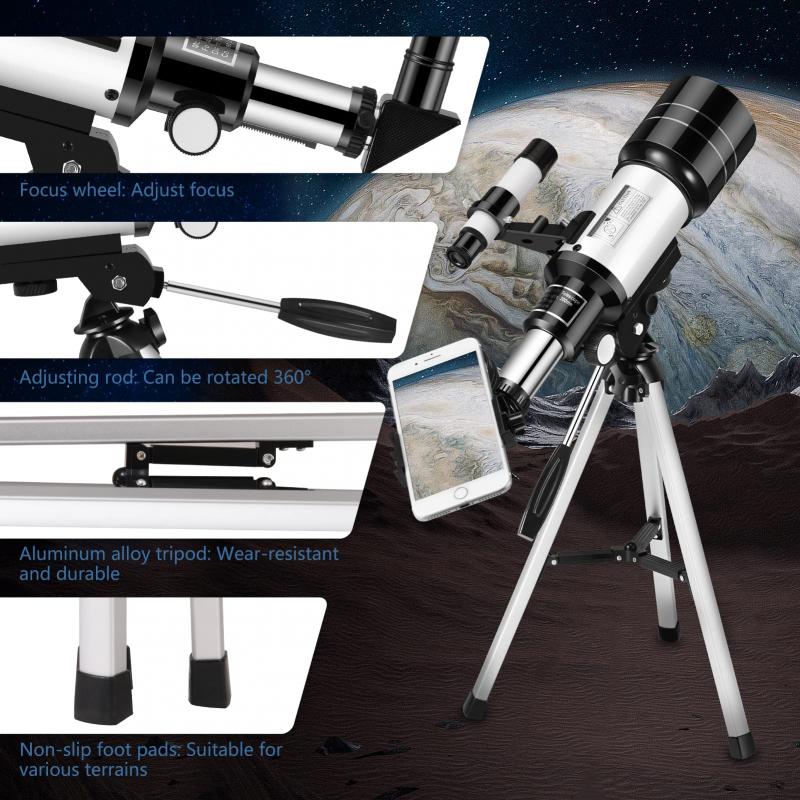









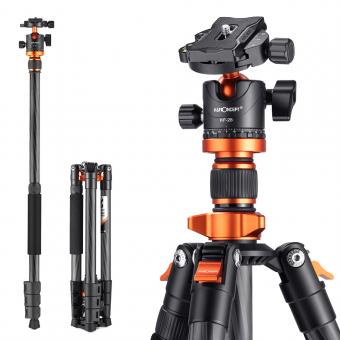



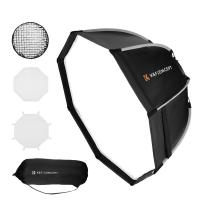

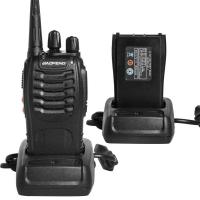



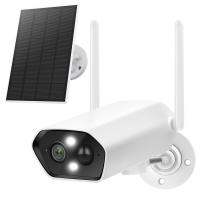
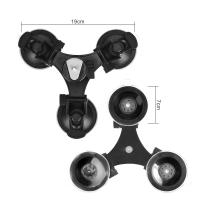





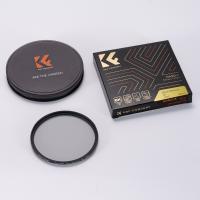


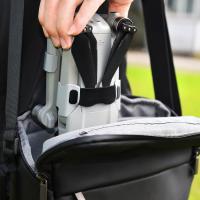
There are no comments for this blog.